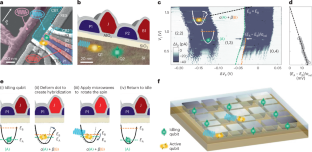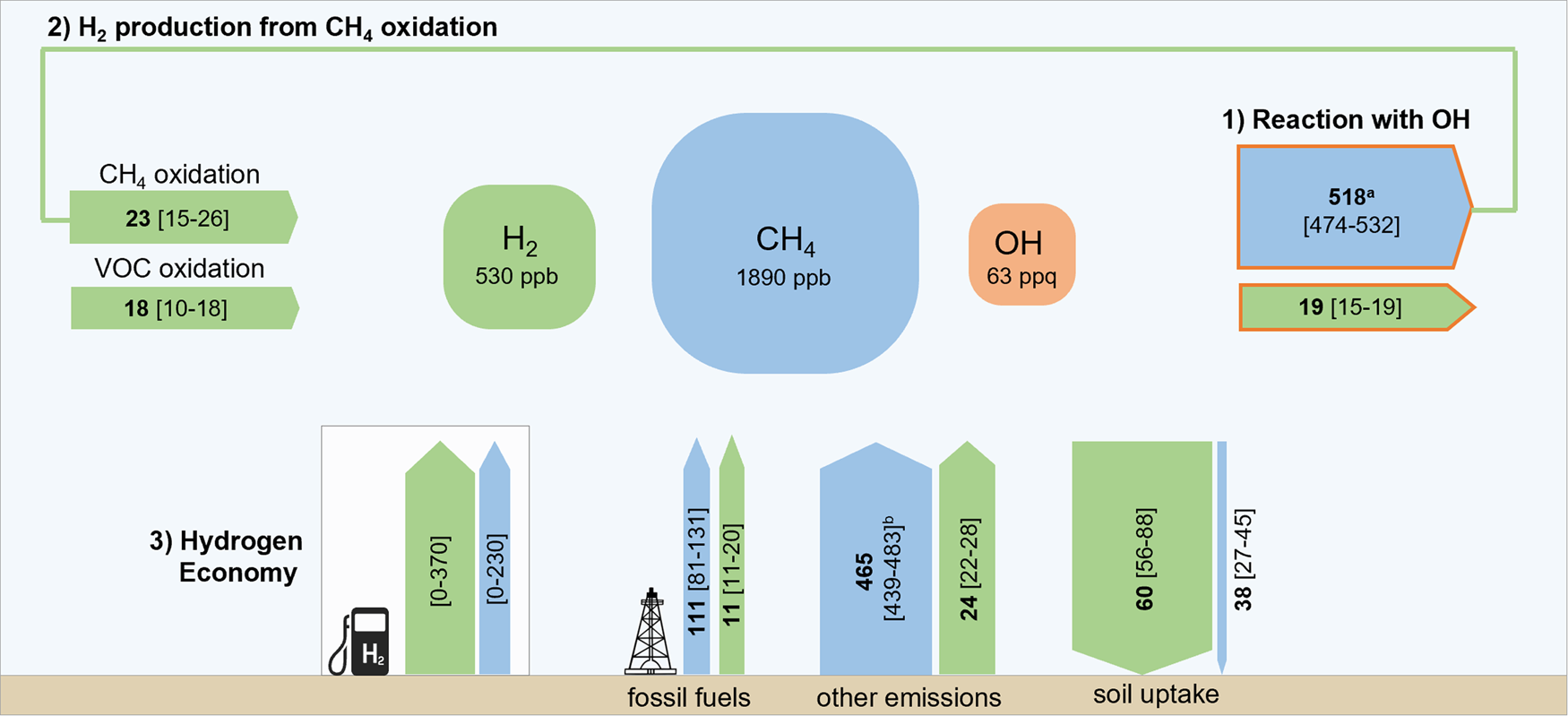この新しいスピン測定装置は、特に化学や生物学の分野の科学者が、物質の構造や目的をよりよく理解するのに役立つと思われます。 This new spin measuring device could help scientists – particularly in chemistry and biology – understand the structure and purpose of materials better.
2023-03-13 ニューサウスウェールズ大学(UNSW)
通常、スピン共鳴分光法で測定されるスピンは、商業的に生産された分光計では正確な読み取りのために数十億から数兆のスピンが必要であった。しかし、研究者らは、数千個の電子スピンを測定することができるようになり、新しいツールは商業的なものよりも約100万倍も感度が高いとされる。この新しいデバイスは、化学や生物学などの分野で、材料の構造や目的を理解し、より良い化学物質や薬剤を設計するのに役立つとされる。
研究者らは、スピンを測定するための機器を一つのチップに統合し、超伝導回路を使用した高感度分光計が過去に開発されたことはあったが、磁場に対応できず、非常に低温の環境で動作する必要があったと述べている。今回の技術は、商用システムに統合して感度を向上させることができ、化学、生物学、医学研究者らに役立つ可能性があるとされる。
<関連情報>
- https://newsroom.unsw.edu.au/news/science-tech/quantum-engineers-have-designed-new-tool-probe-nature-extreme-sensitivity
- https://www.science.org/doi/10.1126/sciadv.adg1593
- https://www.science.org/doi/10.1126/sciadv.add9408
- https://www.nature.com/articles/s41565-022-01280-4
運動インダクタンスパラメトリック増幅器におけるスピンエコーのその場増幅の試み In situ amplification of spin echoes within a kinetic inductance parametric amplifier
Wyatt Vine,Mykhailo Savytskyi,Arjen Vaartjes ,Anders Kringhøj,Daniel Parker,James Slack-Smith,Thomas Schenkel,Klaus Mølmer,Jeffrey C. McCallum,Brett C. Johnson,Andrea Morello,Jarryd J. Pla
Science Advances Published:10 Mar 2023

Abstract
The use of superconducting microresonators together with quantum-limited Josephson parametric amplifiers has enhanced the sensitivity of pulsed electron spin resonance (ESR) measurements by more than four orders of magnitude. So far, the microwave resonators and amplifiers have been designed as separate components due to the incompatibility of Josephson junction–based devices with magnetic fields. This has produced complex spectrometers and raised technical barriers toward adoption of the technique. Here, we circumvent this issue by coupling an ensemble of spins directly to a weakly nonlinear and magnetic field–resilient superconducting microwave resonator. We perform pulsed ESR measurements with a 1-pL mode volume containing 6 × 107 spins and amplify the resulting signals within the device. When considering only those spins that contribute to the detected signals, we find a sensitivity of 2.8×103spins/√Hz for a Hahn echo sequence at a temperature of 400 mK. In situ amplification is demonstrated at fields up to 254 mT, highlighting the technique’s potential for application under conventional ESR operating conditions.
電気的に駆動する単原子「フリップフロップ」量子ビット An electrically driven single-atom “flip-flop” qubit
Rostyslav Savytskyy ,Tim Botzem ,Irene Fernandez de Fuentes,Benjamin Joecker ,Jarryd J. Pla,Fay E. Hudson,Kohei M. Itoh,Alexander M. Jakob,Brett C. Johnson,David N. Jamieson,Andrew S. Dzurak ,Andrea Morello
Science Advances Published:10 Feb 2023

Abstract
The spins of atoms and atom-like systems are among the most coherent objects in which to store quantum information. However, the need to address them using oscillating magnetic fields hinders their integration with quantum electronic devices. Here, we circumvent this hurdle by operating a single-atom “flip-flop” qubit in silicon, where quantum information is encoded in the electron-nuclear states of a phosphorus donor. The qubit is controlled using local electric fields at microwave frequencies, produced within a metal-oxide-semiconductor device. The electrical drive is mediated by the modulation of the electron-nuclear hyperfine coupling, a method that can be extended to many other atomic and molecular systems and to the hyperpolarization of nuclear spin ensembles. These results pave the way to the construction of solid-state quantum processors where dense arrays of atoms can be controlled using only local electric fields.
スピン量子ビットのオンデマンド電気制御 On-demand electrical control of spin qubits
Will Gilbert,Tuomo Tanttu,Wee Han Lim,MengKe Feng,Jonathan Y. Huang,Jesus D. Cifuentes,Santiago Serrano,Philip Y. Mai,Ross C. C. Leon,Christopher C. Escott,Kohei M. Itoh,Nikolay V. Abrosimov,Hans-Joachim Pohl,Michael L. W. Thewalt,Fay E. Hudson,Andrea Morello,Arne Laucht,Chih Hwan Yang,Andre Saraiva & Andrew S. Dzurak
Nature Nanotechnology Published:12 January 2023
DOI:https://doi.org/10.1038/s41565-022-01280-4

Abstract
Once called a ‘classically non-describable two-valuedness’ by Pauli, the electron spin forms a qubit that is naturally robust to electric fluctuations. Paradoxically, a common control strategy is the integration of micromagnets to enhance the coupling between spins and electric fields, which, in turn, hampers noise immunity and adds architectural complexity. Here we exploit a switchable interaction between spins and orbital motion of electrons in silicon quantum dots, without a micromagnet. The weak effects of relativistic spin–orbit interaction in silicon are enhanced, leading to a speed up in Rabi frequency by a factor of up to 650 by controlling the energy quantization of electrons in the nanostructure. Fast electrical control is demonstrated in multiple devices and electronic configurations. Using the electrical drive, we achieve a coherence time T2,Hahn ≈ 50 μs, fast single-qubit gates with Tπ/2 = 3 ns and gate fidelities of 99.93%, probed by randomized benchmarking. High-performance all-electrical control improves the prospects for scalable silicon quantum computing.



